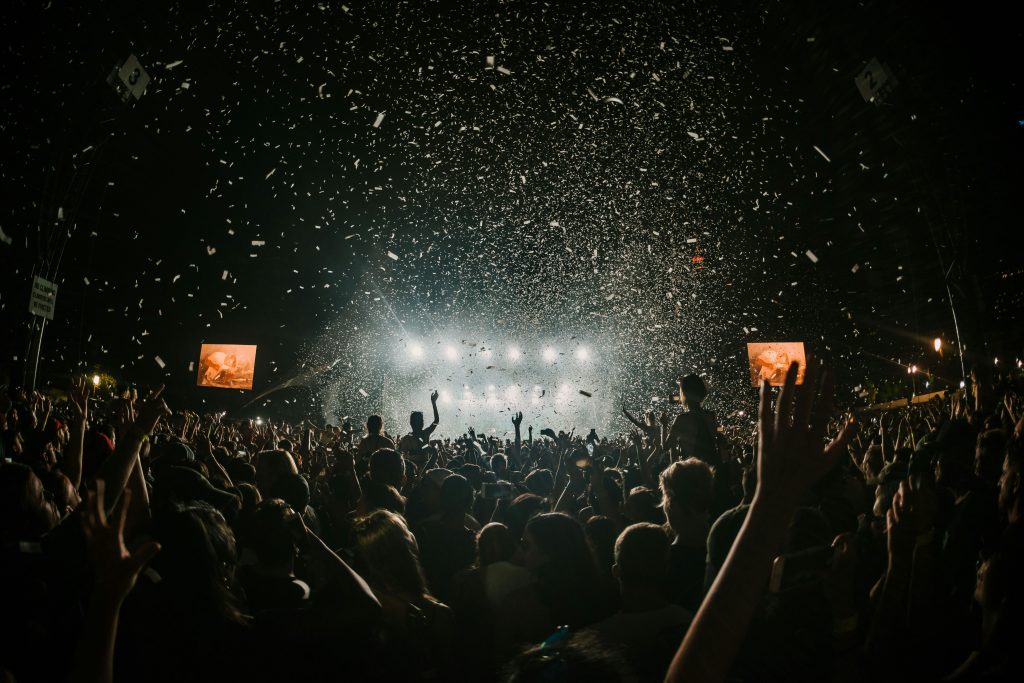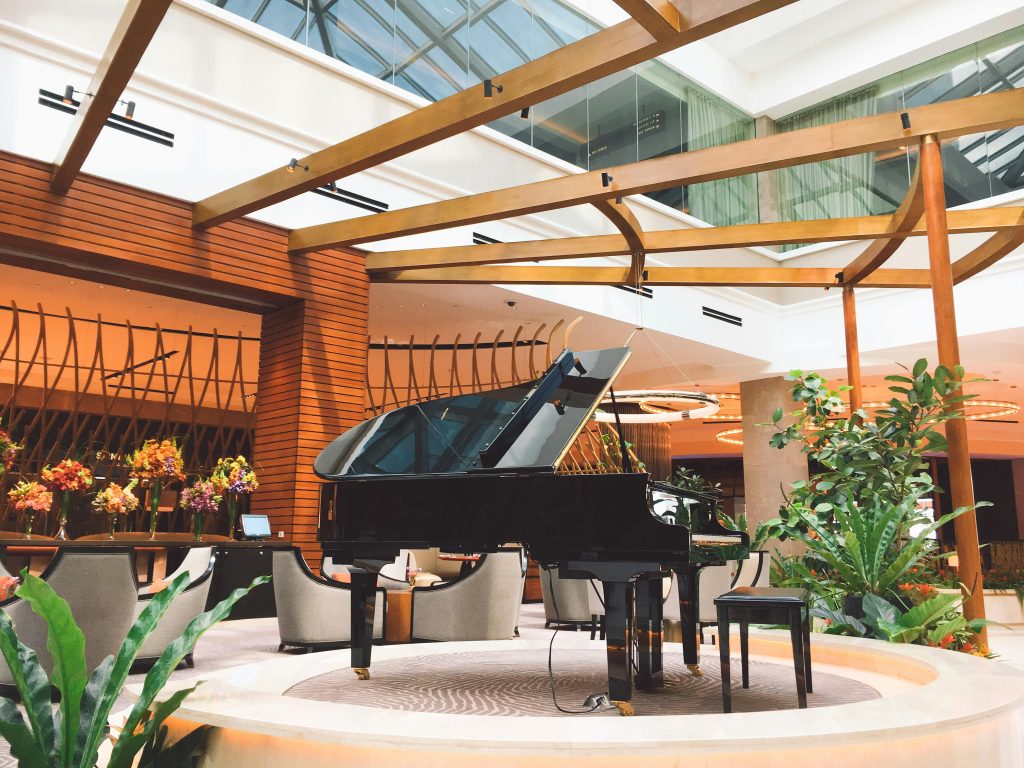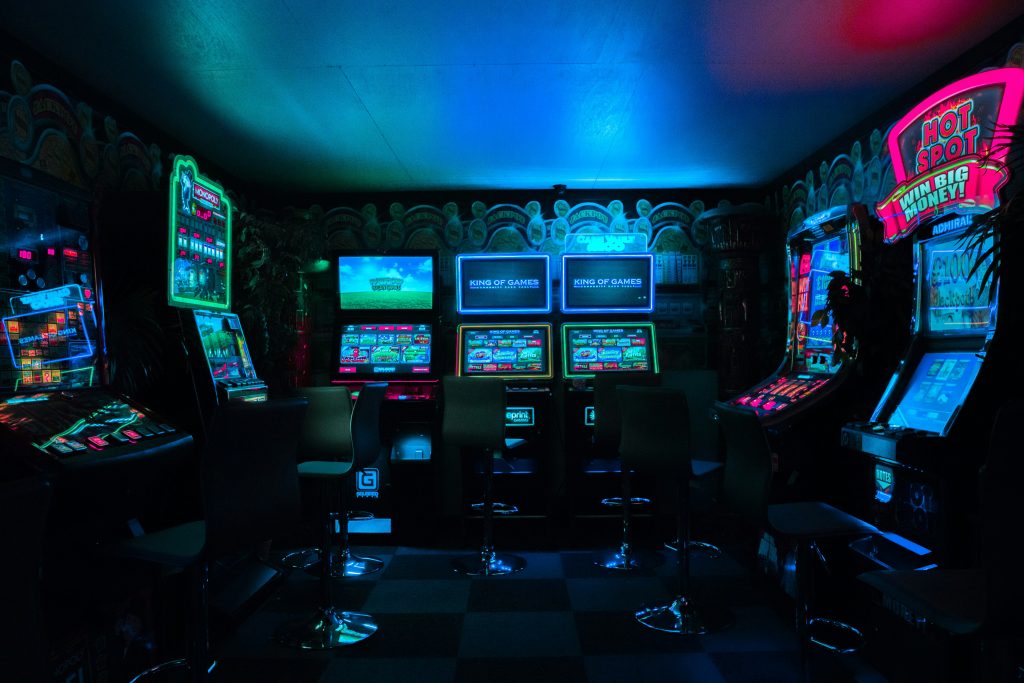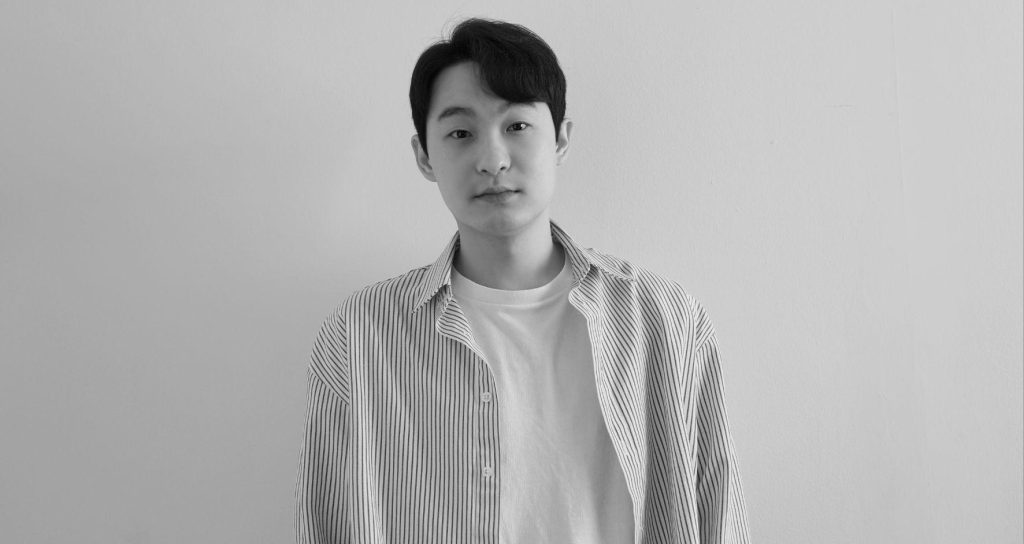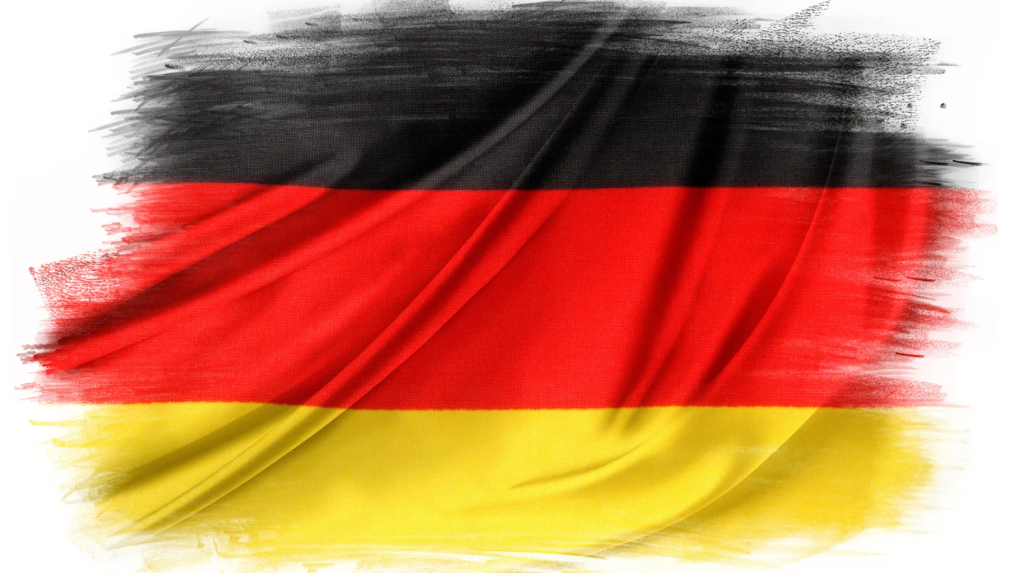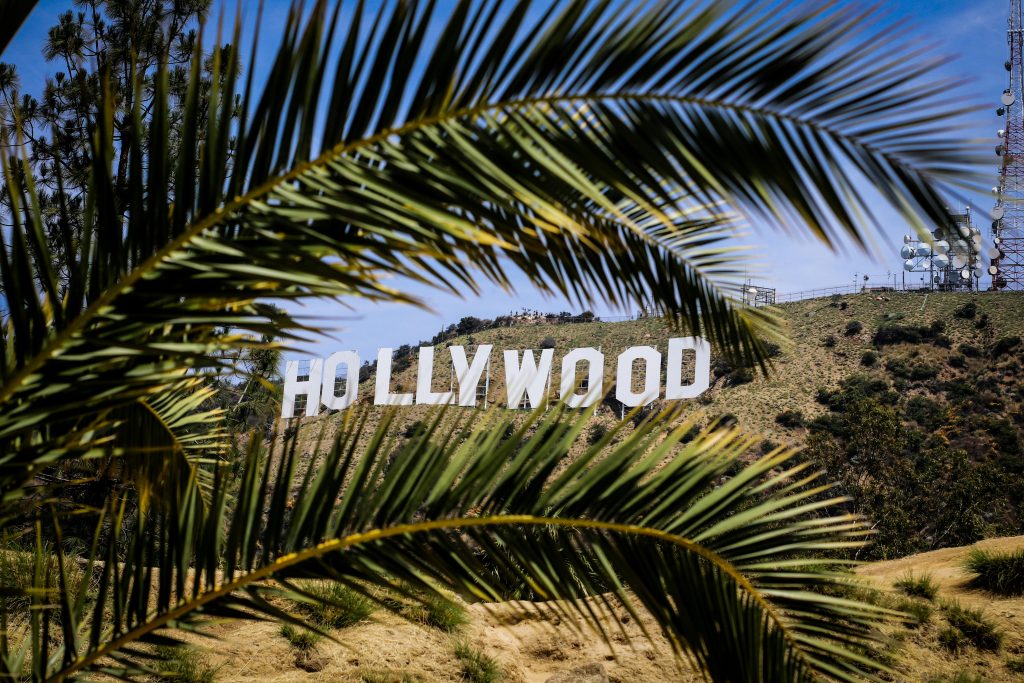When the crowd erupts as the first chord hits, their attention naturally goes to the performers blazing under brilliant lights. Few pause to consider the invisible network of hands, cables, and strategies that engineered that moment. Festival stages are not just constructed—they are orchestrated, meticulously, by technical crews who work in environments more dangerous and complex than one might ever imagine.
In those tight, smoke-laden tunnels just offstage, where pyrotechnics hang heavy in the air or fog machines cloak every surface—protection is not optional but essential. That’s where a specialized device like the confined space SCBA steps in, shielding crew members from harmful atmospheres and ensuring they can complete their critical tasks with safety and confidence.
Engineering Tomorrow’s Festival Today
In many ways, festival stages are time machines. What will host tens of thousands in a few days often starts as nothing more than an empty acre of grass. But over the next 48 to 72 hours, this space morphs, behind the scenes, into a dynamic platform of soaring trusses, massive sound rigs, and electrifying video walls. Every steel beam and cable pulley is an ingredient in a recipe refined through experience and innovation.
Under tight deadlines, crews work without pause: pouring over load calculations, verifying structural integrity, and double-ensuring compliance with stringent safety regulations. The performance may feel otherworldly, but everything supporting it is painstakingly anchored in reality.
A Symphony of Load-In and Soundcheck Execution

When equipment trucks roll in, they bring with them more than amps and mics—they carry the promise of perfection. From that moment, precision takes over. Stagehands choreograph the movement of gear with the grace of dancers: amps are placed, cables run, lighting bars floated into position. Meanwhile, sound engineers fine-tune every speaker, guitar buffed for clarity, every monitor dialed for volume, ensuring no musician misses a beat.
Through endless repetitions of soundcheck sequences, lighting cues, and timing checks, they calibrate for one truth: when the first note drops, it must be flawless.
Safety That Leaves No Trace
If you’ve never glimpsed a crew member tightening a cable or adjusting a rig—they’re doing it right. Their work is designed to be invisible. But their diligence isn’t. Whether they’re managing suspended equipment, navigating smoke effects, or coordinating near live pyrotechnics, safety protocols are ever-present and never compromised.
Especially when haze, heat, or special effects create unsafe air quality—again, that confined space SCBA becomes a silent guard, with every exhale and inhale a testament to unseen protection.
The Art of Rapid Changeovers
Now imagine dismantling an entire band’s setup and replacing it with another—all in under twenty minutes. The stakes are high, and the timeline is strict. Stagehands, lighting techs, and sound engineers move like gears in a high-performance engine: efficient, synchronized, and unwavering. Radios chirp, hands signal, and time elapses without missing a beat. It’s both a logistical marvel and a standard expectation at major events.
Nature: Both Ally and Adversary
No festival schedule is final until the power-lunch countdown ends. Sudden rain, gusty winds, or sweltering sun can disrupt even the best-laid plans. And yet, crews pivot instantly: waterproofing gear with measured haste, recalibrating lighting for glare, securing overhead trusses against unforeseen gusts. For the audience, it might only mean a brief pause. For the crew, it’s a high-wire routine of calm, clever adaptation amid shifting conditions.
The Quiet Heroes of Teardown

When the final encore fades and crowds disperse, the real rush begins—tear-down. Gear is dismantled, catalogued, and packed for transport, often overnight or through the dawn hours. Fatigue is real, but so is the discipline that ensures every cable is accounted for and every case locked until the next tour. What makes this possible is not glamour—it’s grit, routine, and steadfast resolve.
Bonds Forged in the Dark
Working backstage is less about egos and more about trust. These crew members rely implicitly on one another—know who catches that falling light, who spots an unlit cable, who has the headset ready for cue. Their satisfaction comes not from applause, but from knowing they supported magic to happen, unseen but essential.
Invisible, Yet Indispensible
The architecture of a festival is not its framework alone—but the people who build, guide, and dismantle it. They draw no curtain. Yet every spectacular sight, every heart-pounding bass, every collective cheer, owes itself to the precision, the courage, and the professionalism of behind-the-scenes crews.
To the next person who’s lost in the spectacle, take a moment. Look beside the lights, behind the speakers, into the wings, and acknowledge that the soul of live performance beats strongest where you can’t see it. Without those who labor in the shadows, the show simply—and acoustically—wouldn’t go on.


